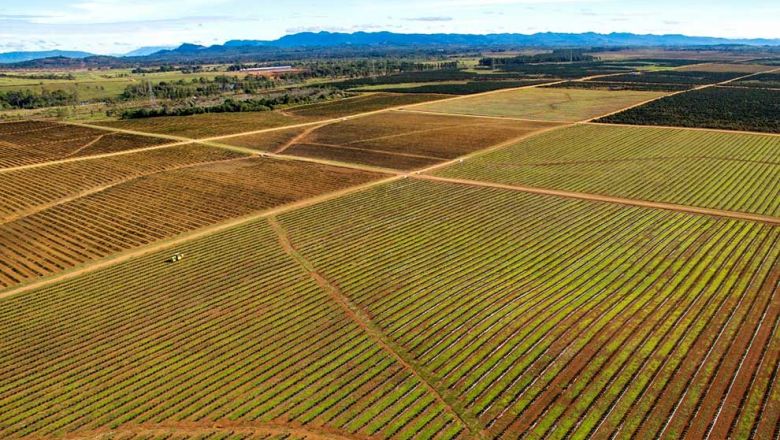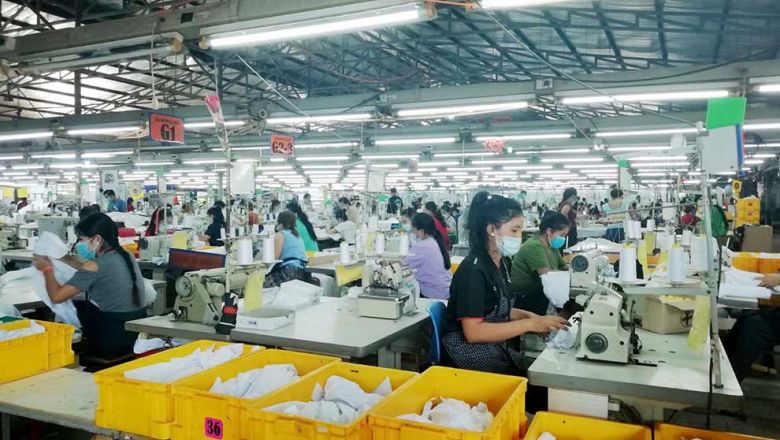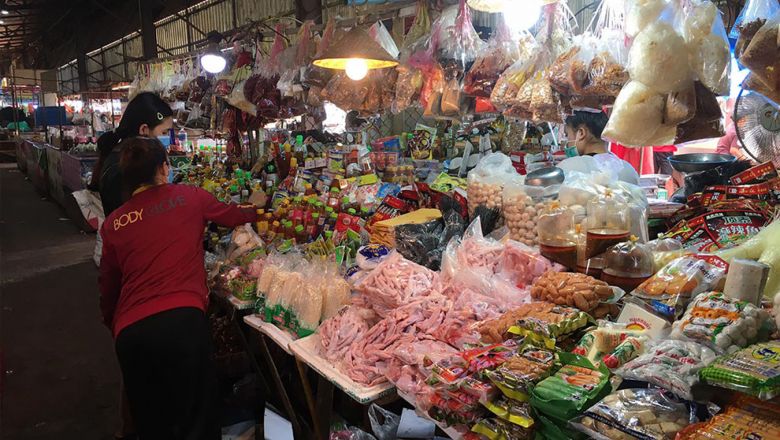CLM's GDP to continue to lead growth in Asean
CLM's GDP to continue to lead growth in Asean
The recovery of the agricultural sector and development of industry and the tourism sector will underpin real growth in Cambodia and Laos, according to the Organisation for Economic Co-operation and Development (OECD).
Cambodia, Laos and Myanmar (CLM) countries continue to record the fastest growth in the Asean, the OECD report on the Economic Outlook for Southeast Asia, China and India 2016 that was delivered at the recent Asean-BIS meeting in Vientiane.
Cambodia and Laos registered real growth in 2014 of 7.0 percent and 7.4 percent respectively, mildly slower than in 2013. The tourism industries in both countries were hit by declining arrivals from Thailand.
While growth momentum in Laos slowed from 2014, it has remained strong at more than 7 percent, largely due to the construction of major hydropower projects and an expansion of tourism.
These large hydropower projects are expected to underpin growth over the near term due to their impact on the construction sector and on investment spending. Tourist arrivals grew by 11 percent, to 2 million, in the first half of 2015, helped by the construction of a new international airport in the south.
Industry grew by 8.5percent in 2014, supported by FDI in construction projects and in factories in special economic zones. Risk factors include a large fiscal deficit and weak agricultural growth due to the drought.
Activity in Cambodia was further dampened by political tensions and labour unrest in the garment industry. These tensions depressed fixed investment in tourism and led to a drop in FDI inflows over 2014.
Agricultural production remains subdued, with growth at 1.8 percent due to prolonged drought and flooding. The current account deficit, though still large, shrank to 12.5 percent of GDP in 2014 thanks to strong growth in exports of garments, footwear and milled rice. Prospects for real growth in late 2015 appear fairly good, given the easing of political and labour tensions and strong growth in exports of garments to the advanced economies. As long as domestic tensions remain subdued, FDI inflows should rebound, providing a further boost to growth.
Growth in Myanmar, which is now the fastest in the region, should continue to accelerate as FDI continues to rise and as economic reforms spur the private sector's rapid development.
Myanmar's real GDP is expected to reach 8.2 percent in 2015, the fastest pace in the emerging Asia region, as the benefits of the country's political and economic opening become increasingly manifest.
Growth has been buoyed by surging inflows of FDI, particularly into the garment sector, where an average of one new foreign-invested factory per week has been opening.
Strong construction growth in the two major cities, surging tourist arrivals and rapidly expanding production and exports in the natural gas industry have further contributed to the strong growth. Manufacturing has also been boosted by increasing FDI inflows. The economy has benefitted from strong exports of natural gas over the last few years but the prolonged decline in global prices could erode its fiscal and external positions.
Real growth is likely to accelerate further in the near term as the effects of lower oil prices on real incomes come through.
Other positive factors include the country's strengthening economic ties with the Asean region, continued development of the business sector and the budgeted fiscal expansion in FY 2015. However, prospects will also depend on Myanmar maintaining adequate control of rapidly rising credit and the development as well as the stability of the financial system.
Prospects in these countries, however, will depend on maintaining adequate control of rapidly rising credit and, especially in Myanmar, on sustaining the momentum of economic reforms.

















